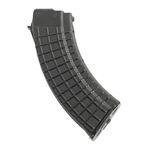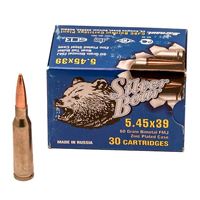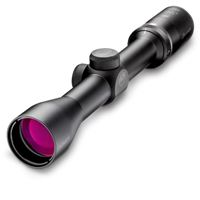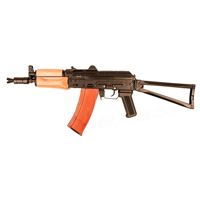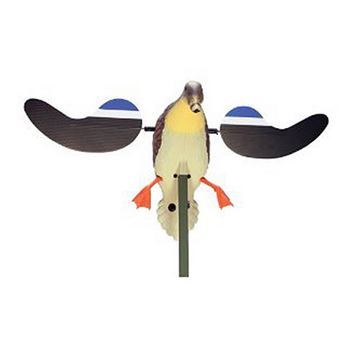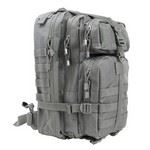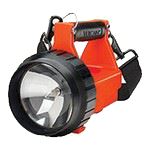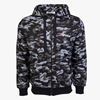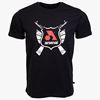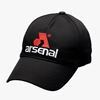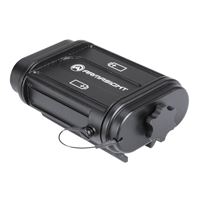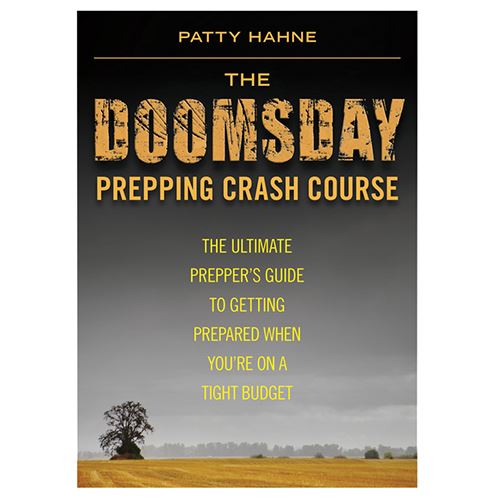The American-designed, pump-action shotgun is the most recommended home defense shotgun. It isn’t always made in America, but it defends the turf well. Recently, a new type of shotgun has been offered for home defense. While the Charles Daly Honcho is a different bird and requires attention to detail, the 14-inch barrel pump-action shotgun just may be a viable home defense shotgun for some and the ideal piece for a few.
There are many questions concerning the legality of the 14-inch barrel shotgun. First, consult your local laws. Federal law doesn’t always trump state law when it comes to firearms. In this case, critical dimensions have resulted in the 14-inch barrel shotgun being ruled a firearm. Not a shotgun or pistol but a firearm.
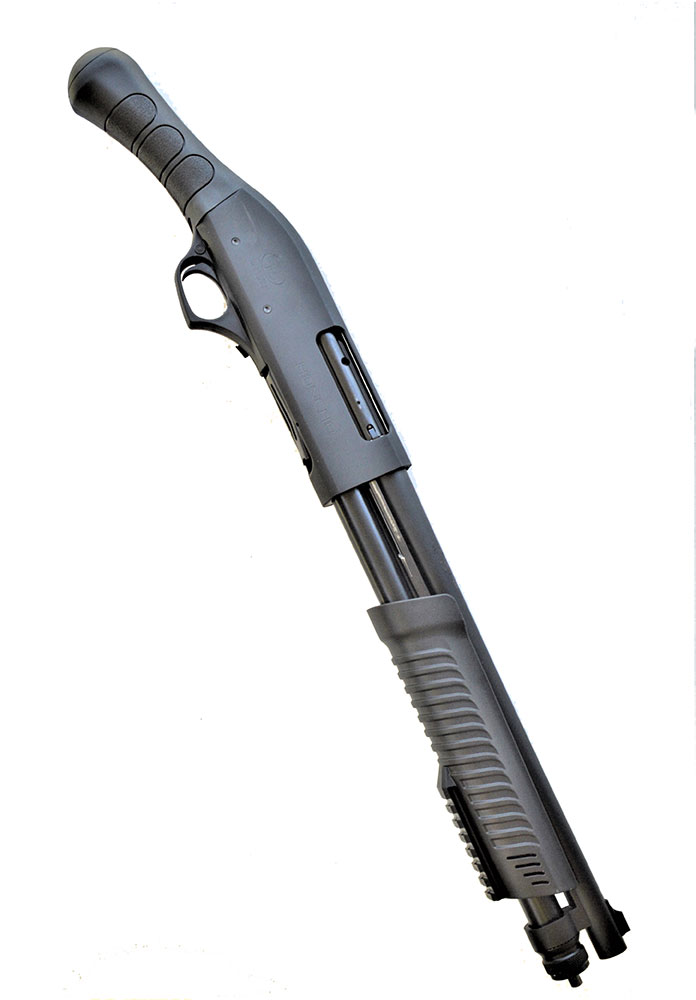
A short-barrel rifle or shotgun demands a considerable amount of paperwork and an expensive tax stamp. The NFA rules state that a shotgun with a barrel of less than 18 inches, or a modified shotgun with a length of less than 26 inches, is illegal without the proper stamps. The short barrel shotguns currently offered were never manufactured with a shoulder stock but are fitted with the pistol grip at the factory. The shotgun is also manufactured with a short barrel, but the overall length is maintained at over 26 inches. Be certain you know what you are getting, and the rules. This is a boon to the professional requiring such a shotgun and preferring not to spend at least six months and several hundred dollars on paperwork.
Among the most affordable available shotguns of the short type is the Charles Daly Honcho. This shotgun features a total of six shells on tap. The Honcho features dual action bars and a well-designed birdshead grip. This grip is more controllable than pistol grips in my experience. The action is smooth and reliable.
The barrel features a post front sight. We have a shotgun that is going to be fired from below eye level so perhaps we do not need a sight at all, but it turns out this sight serves as a reference when aiming the shotgun. I like the forend very much. This forend offers plenty of stability and a good firing grip. The grip even offers an attachment for a combat light.
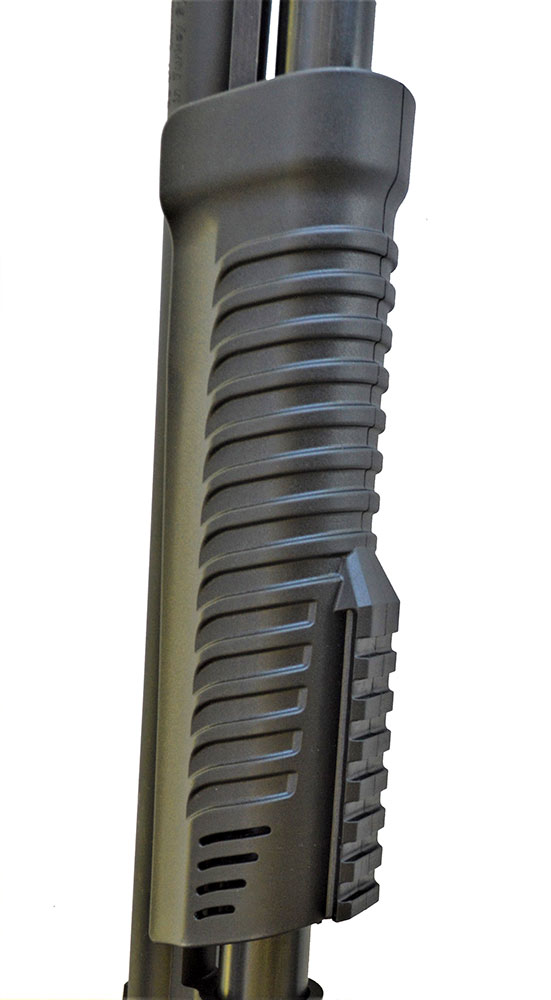
I was glad to find that the Honcho is available in 20 gauge. The 20 gauge shotgun is lighter, faster handling, and offers considerably less recoil than the 12 gauge. While the 12 gauge has the greater payload, the 20 gauge will create an impressive wound at combat distance.
To test the Charles Daly Honcho, I collected a good amount of ammunition. This included various Winchester loads in #7 ½ and #8, and Fiocchi loads in both #6 and #8 shot size. These light loads made for comfortable firing in the initial stages.
Firing below eye level is usually hip shooting. Take a firm hold and keep the shotgun below eye level. Lock the firing side near the hip, learn to swing the upper body quickly, and rock the shotgun as you turn. With this type of shooting, visibility is unlimited and the shotgun points well at close range.
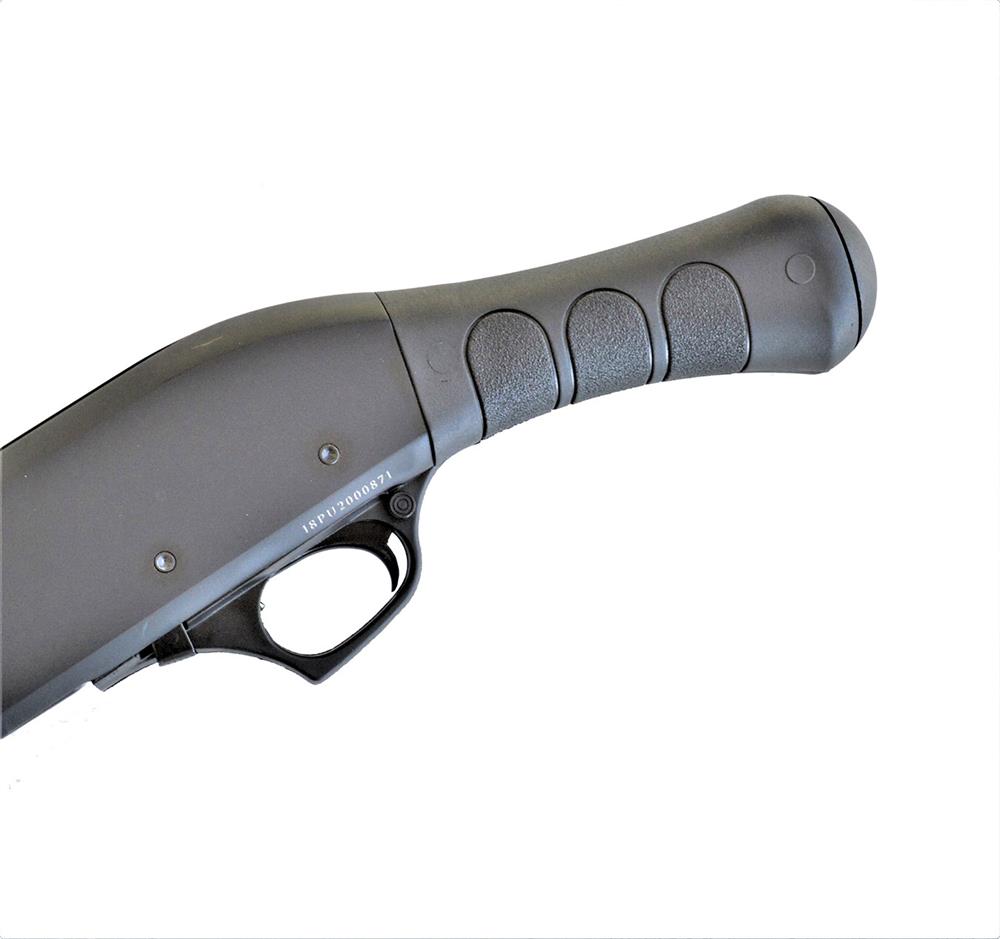
I fired 100 20 gauge shells during the first outing. I felt confident in getting hits at 7 yards—quickly—and delivering follow up hits. Of course, birdshot is just birdshot, designed to deliver a killing blow to a small fowl. Penetration is light for personal defense.
With the 14-inch open-cylinder barrel, the pattern is wide at 7 yards with all loads, with birdshot covering the target quickly. I tended to fire high with my shots covering the upper torso and over the shoulder. Recoil was not a problem, and it was simply a manner of getting my technique adjusted to put the hits in the center of the target. Firing from the hip is fast—very fast—and would serve well in a home defense situation. The shotgun is less effective at outdoors range. I can see the piece being used to stop a thrashing shark on the deck of a trawler or to stop a dog attack. A load of 20 gauge buckshot would do the business at close range.
An option I tried, with less success, was to attempt to hold the shotgun just under eye level. This is difficult to get used to and can be dangerous if the shotgun is allowed to recoil into the face. The other option is to bring the pump gun up to (or near to) eye level to sight along the top of the barrel or use the front bead sight.
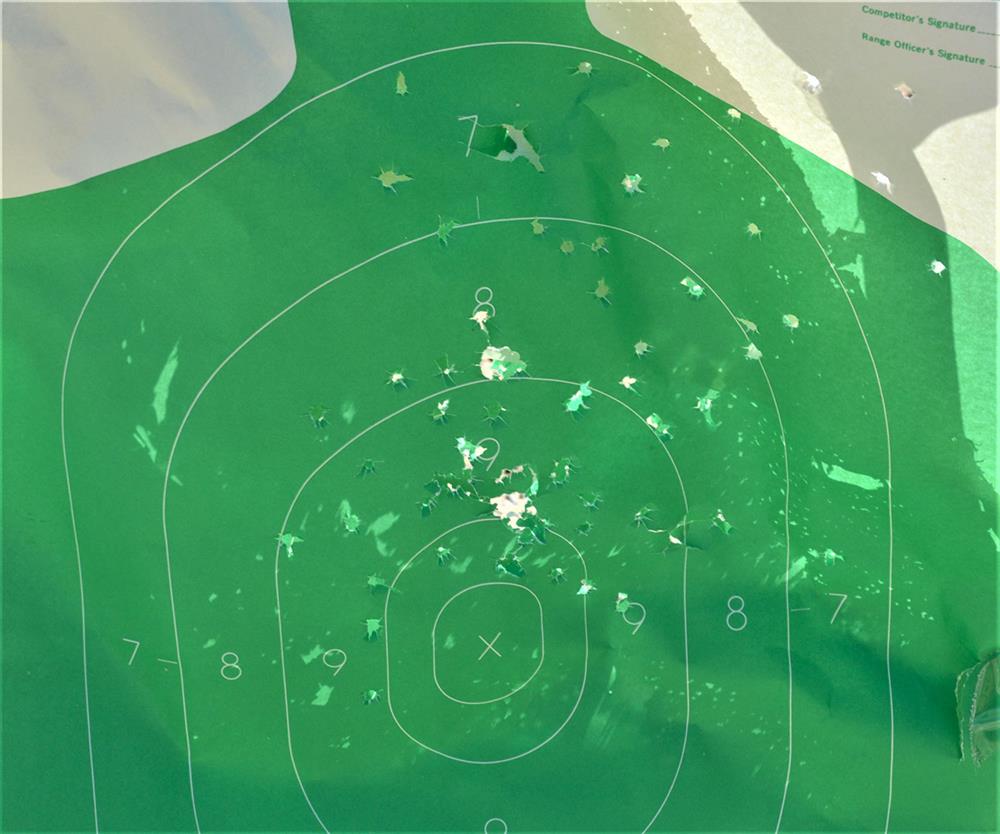
Visually, an eye-level view will feel more familiar, but this method is potentially dangerous to the operator. Holding a hard-kicking 12 gauge at eye level with an improper grip will allow the recoil to drive the grip or receiver directly into the operator’s face causing serious injury should one’s grip slip. While the 20 gauge kicks less than the 12 gauge the 20 has enough recoil to cause serious injury from recoil.
The birdshead grip is ideal for hip shooting but not for eye level shooting. I finally worked up a compromise using the shotgun held at chest level and dead in front. This type of hold offered excellent results. For the individual adopting this piece for home defense, the Honcho demands plenty of practice until you learn the technique that fits your body and skills.
After initial firing with light loads, I switched to Federal’s #3 buckshot. Recoil was there, but the target suffered from this pounding at 7 yards. The cloud of shot offers excellent wounding ability and good penetration.
I recommend buckshot for obvious reasons. If you are defending yourself against quail and pheasant go ahead and load birdshot. If the threat is larger, use buckshot. I find the Charles Daly Honcho a viable shotgun. It is reliable, powerful, and fills a real niche in home defense.


